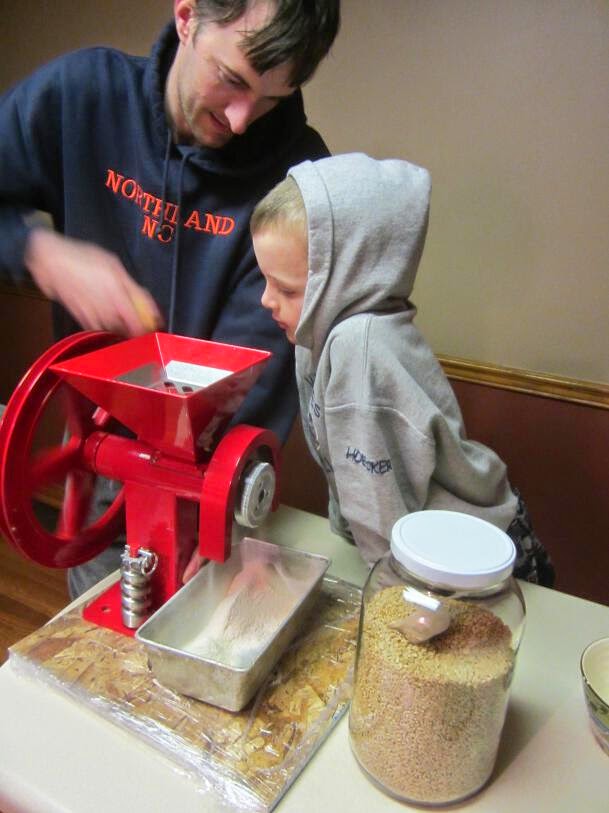This week I finally got around to transferring pictures from the camera and came across the pictures taken during a three day power outage in early March. It's hard to believe that happened less than a month ago since the grass is almost ready to be mowed and the garden has been tilled and partially planted already!
On March 5th we received about 10 inches of heavy, wet snow in less than 24 hours creating major power outages throughout the tri-state area. Losing electricity for an extended period of time is not an uncommon occurrence living 3.5 miles down a back road in West Virginia. Our first summer here, we went seven days without electricity after a wind storm called a derecho obliterated the state. Ironically that derecho storm gave us the wood we used to keep our pipes from freezing in this storm. In general, folks in the country here have adapted to these situations. Most have generators, 4-wheel drive vehicles, and chainsaws to remove fallen trees across the road.
Jon and I both grew up in WI and MN so snow storms are not foreign to us. We stock up on food and stay off the roads until the plows go by. Well, we waited 48 hours until the plows went by (on only one side) and by then there was a thick, compacted sheet of ice from vehicles and 4 wheelers. The road conditions have to be the most annoying aspect about living in the country in the Appalachian mountains. Earlier in the winter when we only received a few inches of snow, Jon had to leave his car in town and walk in twenty below zero weather the 3.5 miles to our home because the road turned to solid ice and the temperatures were so cold that the salt they scarcely spread did not work. Needless to say, every car was stranded at the bottom of the big hills irregardless of their 4-wheel drive capabilities.
Going without electricity isn't a big deal for my family because we aren't hooked to electronics and we enjoy making meals and heating water over a fire. In this instance we went 60 hours without electricity and had night time temperatures reach three below zero Fahrenheit. Thank goodness we have a fireplace, but without the electric blower pushing warm air into the room, the house didn't really warm up. The warmth mainly stayed in the living room. By the second day we moved the tropical plants into the room so they wouldn't freeze. At night Jon and I slept in the living room and added a log to the fire every 30 minutes or so. To keep the pipes from freezing, we ran a pencil width of water continuously the entire time. Keeping warm wasn't our main concern because we had plenty of long underwear and blankets; it was keeping the pipes from freezing and bursting that was our main concern. At a time like this, a person can't help but think of our ancestors and how they didn't have indoor plumbing and electric freezers full of preserved food to worry about. Their worries were different of course, but that's not to say I would trade small pox for electricity or a flushing toilet, but it definitely gives reason to have a smaller home with fewer bathrooms and a fireplace that radiates heat on all sides. There is some comfort in simplifying our home and being self-sufficient.






























